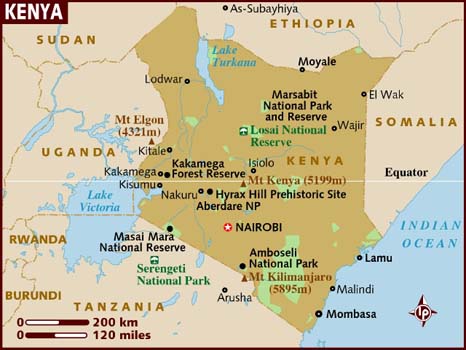 |
Humans
have been in East Africa for well over 100,000 years. However, the most
recent native populations include a mix of native peoples, Cushite and
Nilotic people from North Africa and Bantu peoples from south and
central Africa. By the first century C.E. Arab traders were frequenting
the coastal areas of Kenya and it is their influence that helped create
the Swahili language, which is a mixture of Bantu and Arabic words. The
Portuguese first arrived in 1498 and they controlled trade until the
Omani Empire gained control in the 1600's. By the 1800's influence
shifted to the British who established Kenya as a British colony,
encouraging white settlement and prohibiting Africans from having a
voice in Parliament. Early into the 1900's a sentiment for independence
started to fester. This eventually cumulated into the Mau Mau Rebellion
and Kenya's independence from Britain in 1963. Jomo Kenyatta, who led
the Mau Mau Rebellion was elected the countries first leader, but
overtime, he became more of a dictator and Kenya became a one party
state. That continued until 1991. Currently the country is a democracy,
but it faces a lot of challenges moving forward.
|
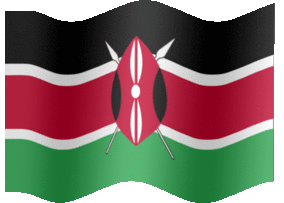 |
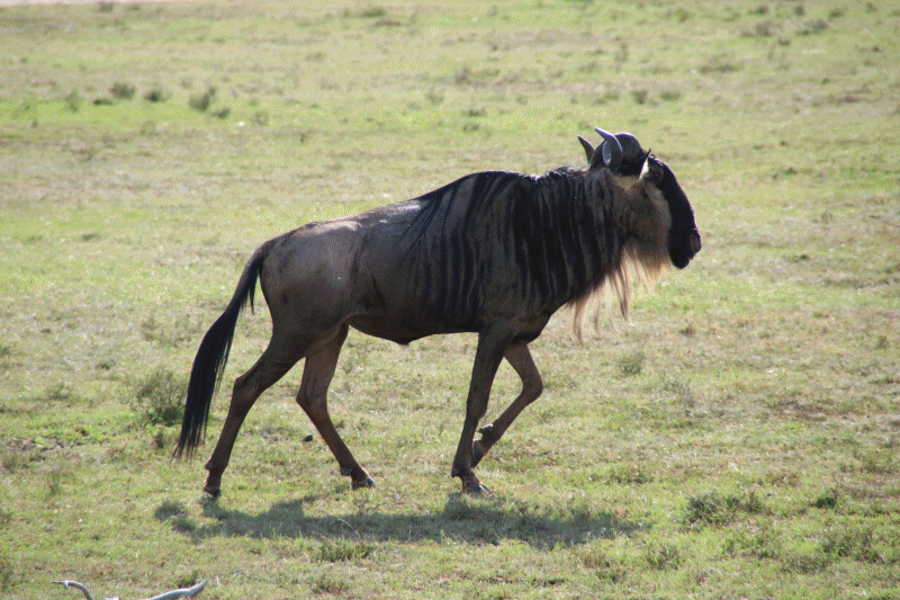
Animals of Masai Mara National Reserve
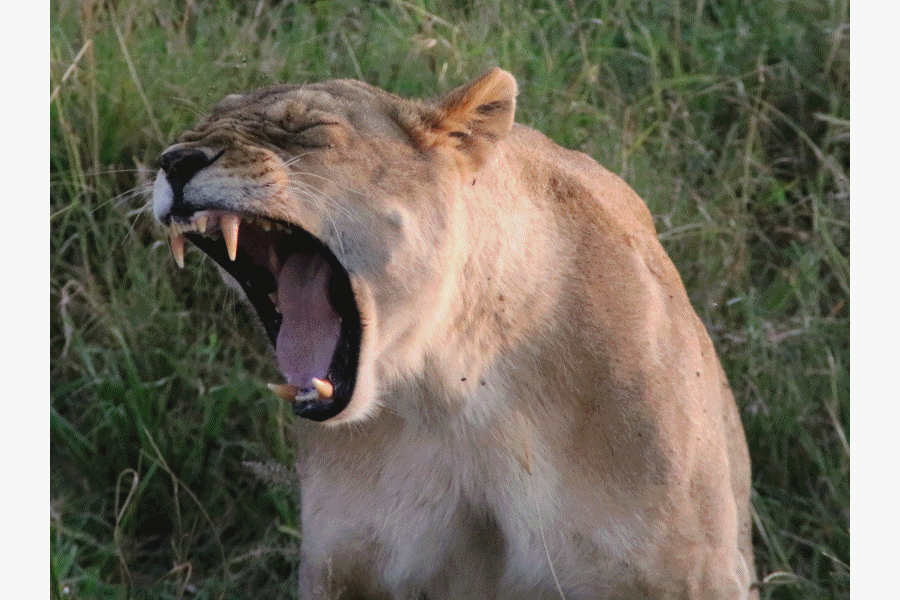
Masai Mara National Reserve 2019
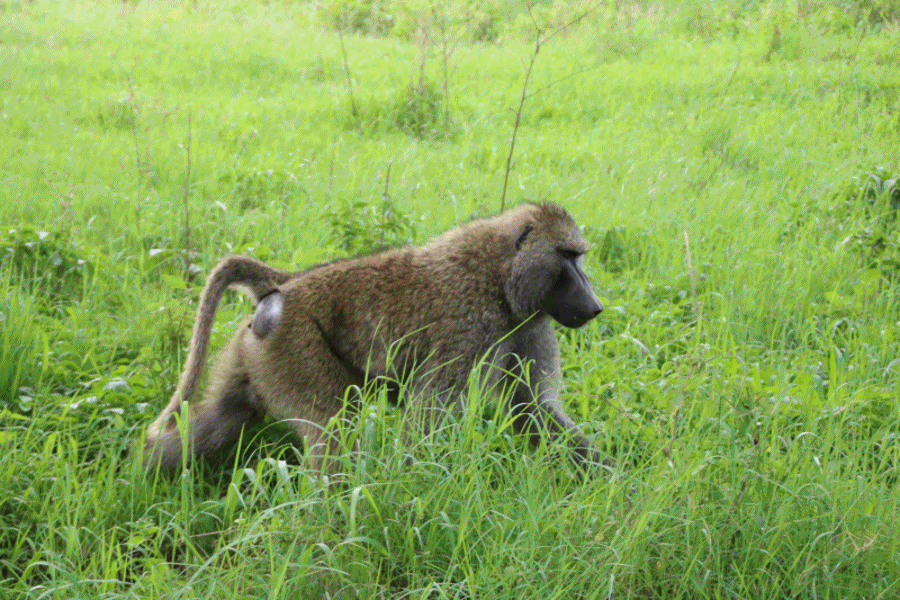
Lake Nakuru and Lake Naivasha National Parks 2019
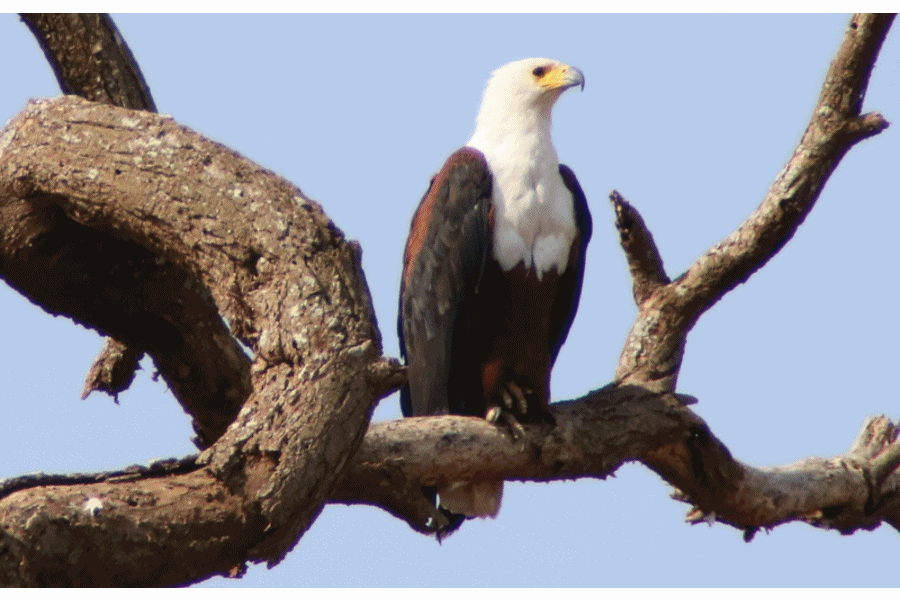
Amboseli National Park 2019


